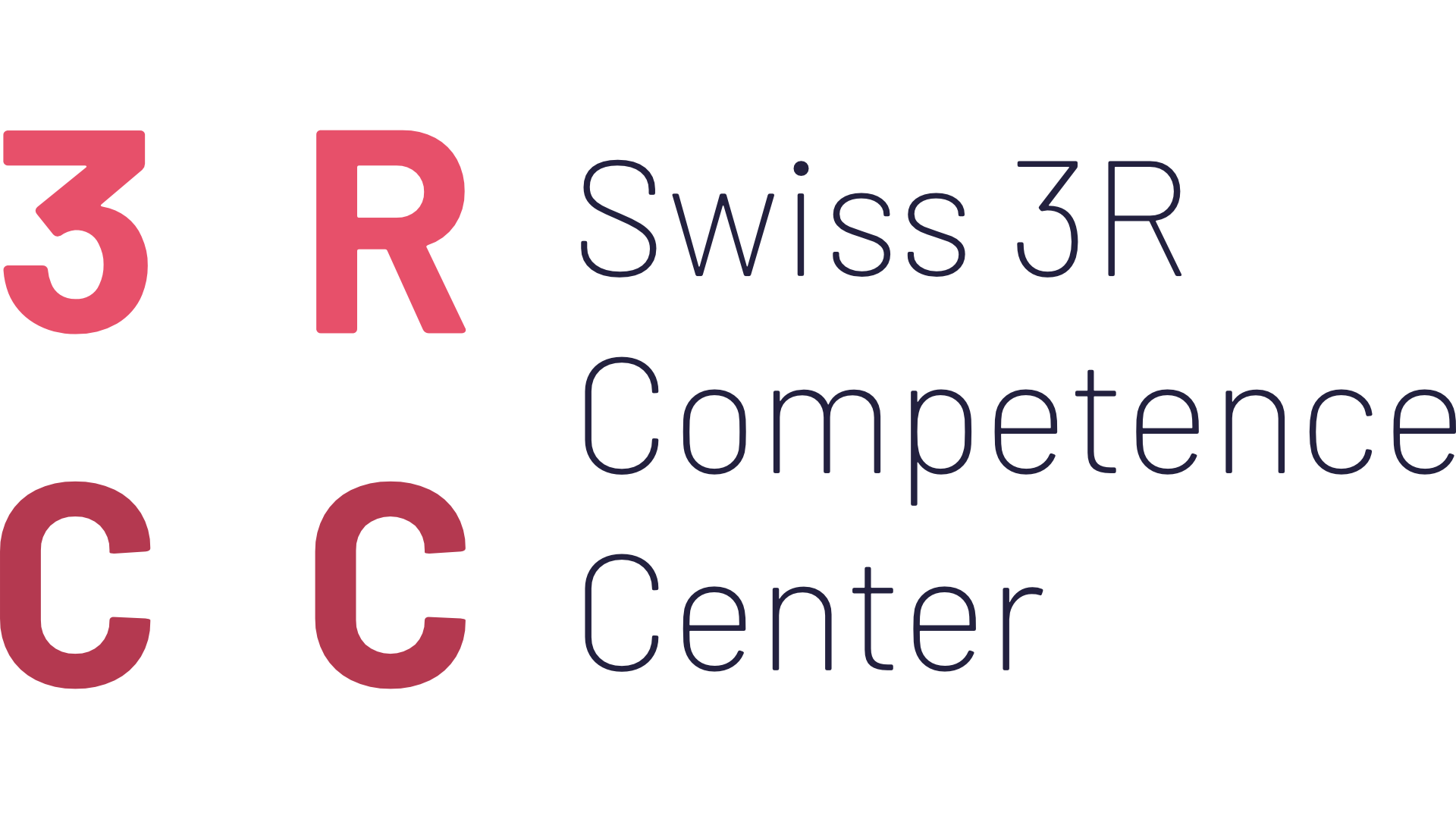BACKGROUND
Since 2014, Marsano group has developed several functional healthy and disease (hibernate myocardium-like or scar-like) engineered 3D micro- and macro-scale cardiac tissues. Although neonatal cardiac cells were predominantly used to obtain proof-of-principles, the harness of human induced pluripotent stem cell-derived cardiomyocytes (iPSC-CM) is fundamental to investigate clinically relevant cardiac damage and repair mechanisms. My PhD projects would also immensely benefit the use of human iPSC-CM. In particular, I aim at improving the maturation of fetal-like towards adult cardiomyocyte phenotype by delivering multiple stimuli to 3D fibrin-gel engineered cardiac tissues, namely a combination of passive and active cyclic loadings as well as electrical stimulation.
AIMS
University of Basel -> University Medical Center Hamburg-Eppendorf (Germany)
I will focus on learning the procedure to easily expand the induced-pluripotent stem cell and differentiate them into cardiomyocytes in a reliable and efficient manner. I will also investigate further analysis (especially not invasive) to assess the stage of differentiation and types (e.g. ventrical, atrial) of cardiomyocytes obtained. I will then apply this knowledge to differentiate the induced-pluripotent stem cell-derived cardiomyocytes (hiPSC-CM) in Basel and embed them into my 3D fibrin-gel tissue to study the effect of the mechanical and electrical stimulations. Although these types of cells are commercially available, they are extremely expensive and the in-house reproduction of the differentiation process is costly, time-consuming with a pretty low efficiency.
Prof. Eschenhagen at the Department of Experimental Pharmacology and Toxicology (Hamburg, Germany) has a unique long-lasting expertise in the scale up process of the expansion and the differentiation of human iPSC as well as the full characterization of their maturation stage in vitro.
ACHIEVEMENTS
Throughout my stay, I was supervised by two lab technicians who helped me in mastering the hiPSC culture and their differentiation into cardiomyocytes. At the end of 14 days of differentiation, I successfully generated beating cardiomyocytes with 40% exhibiting positivity for the cardiac marker cardiac troponin-T. This achievement not only confirmed the effectiveness of my training but also enabled me to explore techniques for enriching hiPSC-cardiomyocyte in cases of suboptimal differentiation. In addition to having a detailed protocol, I also documented each stage with pictures and videos to assess cell morphology and density at each stage of differentiation being extremely relevant features for evaluating the quality of the ongoing differentiation and the timing of the different steps of the process.
IMPACT
I have successfully cultured and expanded hiPSCs, establishing both Master and Working cell Banks while preserving their pluripotency, verified through flow cytometry analysis, a skill acquired during my stay at the host institute. Moreover, I was also able to perform 3 rounds of differentiation to generate cardiomyocytes. In the first two attempt, I was already able to obtain beating cardiomyocytes with 30% exhibiting positivity for the cardiac marker cardiac troponin-T. Subsequently, I successfully executed another differentiation obtain beating cardiomyocytes with 40% exhibiting positivity for the cardiac marker cardiac Troponin-T and 87% of them positive for GATA4, a marker of early cardiac differentiation stage.

